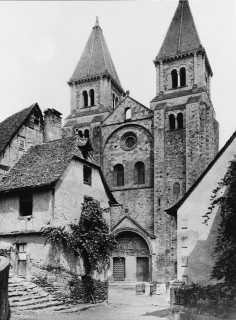Carolingian Renaissance
Classicism in the medieval period seems to be paradoxical but there was no clear break between Roman and Renaissance. The 9th Century Carolingians – the first proper European period in Eastern Europe since the Romans — created under Charlemagne, the centre is Germany at Aachen. Charles father was Pippin the Short, a Frankish ruler. Charlemagne creates a vast empire.
812 Charlemagne is crowned in Rome by the Pope, Leo III. How much did this new empire depend on the Roman past? Aachen was a small town even then. He gathered advisers from all over Europe. Charlemagne could read but not write until the end of his life. The chapel is all that remains of the palace from Charlemagne time. The palace is centrally planned and based on St. Vitale in Ravenna and other buildings. Aachen, like Ravenna, has a gallery articulated in a similar fashion but with arcades in the upper tiers only in Aachen. Other sources include the mausoleum of Theodore in Ravenna. Early Christian and Ostrogoth influences.
Also the mausoleum of Diocletian may be an influence. Santa Sophia in Constantinople was also an influence. As was the Pantheon which by this time was a Christian church. The reconstruction of Aachen palace shows two long arcades either side of an open forum leading to the chapel. It was a reliquary church and a palace chapel. Dedicated to the Virgin on the ground floor and Christ on the first floor. Charlemagne had a throne on the first floor. (The one there now is from a different period). It used variagated marble, it reuses Roman spolia (?) (Corinthian capital) In the arm of the dome are the 24 apostles (there are no pictures as it has been restored). The famous Aachen she-wolf is actually from some. The famous pinecone was taken from Rome, it is like the one at the Vatican. Equestrian statue – small but related to Marcus Aurelius statue in Rome. Renaissance implies something has died but Aachen shows the continuity.
Charlemagne was not copying Rome as he saw himself as much greater as he had an enormous empire and he was Christian. Leo III was helped by Charlemagne to build two great halls in Rome. They had Roman architecture but with Christian imagery. On the arch above the apse is St. Peter with as stola (scarf) handing down a lance to Charlemagne linking him directly to Christian tradition. By the 10th Century the lance had become the symbol of royal power.
The abbey Lorsch was an important settlement and monastery. Similarity to a Roman arch, e.g. Arch of Constantine. The cornice has a delicate capital like the Maison Carree in Nime. Another part of the revival was their book illumination. Aachen had its own school. Note the use of purple which brings to mind porphyry and imperial associations. Note the evangelists with then symbols.
Godescale’s Gospels-probably from Italy but based in Aachen. Note oxidised finish, gold and purple. The picture could be the fountain of life or a baptistery in Laterano in Rome that has similar plants and birds illustrated. The Christian interpretation of some of the symbols is difficult to work out today. Barley sugar columns may be related to balderchino around St. Peter’s tomb (not the current one, the previous).
Charles the Bald (Charlemagne grandson) is shown with people holding a cornucopia, the image opposite shows the 24 apostles. The Byzantine Missourium of Theodosius recalls the Diocletian arches.
Otto III is shown with his symbols of power. Four personifications of the four parts of his empire are shown paying homage to his power. The Bible of Charles the Bald shows a strange constellation of figures on clouds and a semi-clothed (classical) king. There are its also seven heads of women shown in the water copied from classical sources. The Carolingians loved classical literature (we would no have one tenth of what we have today if it were not for the Carolingians).
They also copied Greek tragedies; they were very popular even though many are crude. See covers of Lorsch Gospels. It resembles Roman diptychs – very classical. A Christian theme includes Roman chariots and mythological scenes. It is a Christian message using a classical language. This revival of the classical was different from the later revival. Carolingians borrowed everything without worrying if it was appropriate. Represent the church and the synagogue — the Old and New Testaments marking the change from the old to the new through the crucifixion. Greeks and Romans did it keep bodily remains but it became an obsession with early Christians.
This cult of relics and worshipping of saints leads to the art of reliquaries. They had to reflect the preciousness of the object contained – see the reliquary of the foot (actually sandal) of St. Andrew. The enamel at the end of the reliquary is Merovingian. There is a coin in the centre. The last two pieces from close to 1000AD is a precious cross that includes an antique pagan symbol off a Roman emperor. Imperial imagery in a Christian disguise. Conque, St. Foy – 12 year old girl was worshipped. The image is a classical cameo in a Christian setting.
Slides
Slide 1: Aachen palace chapel and furnishings
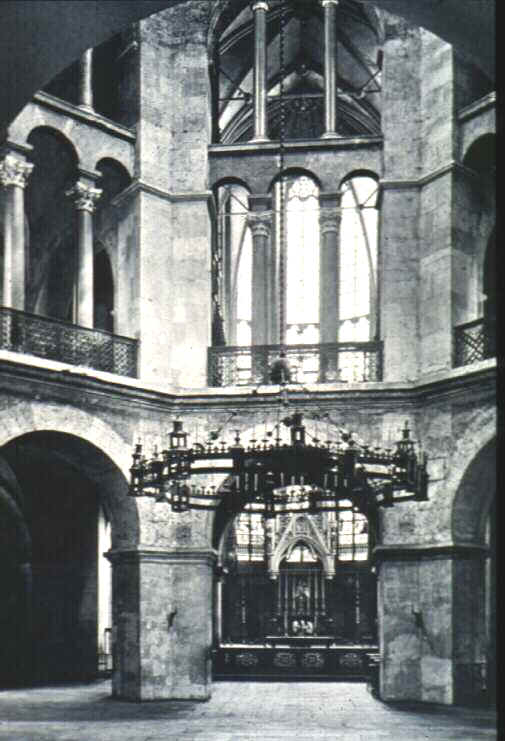
Slide 2: Ravenna, S. Vitale
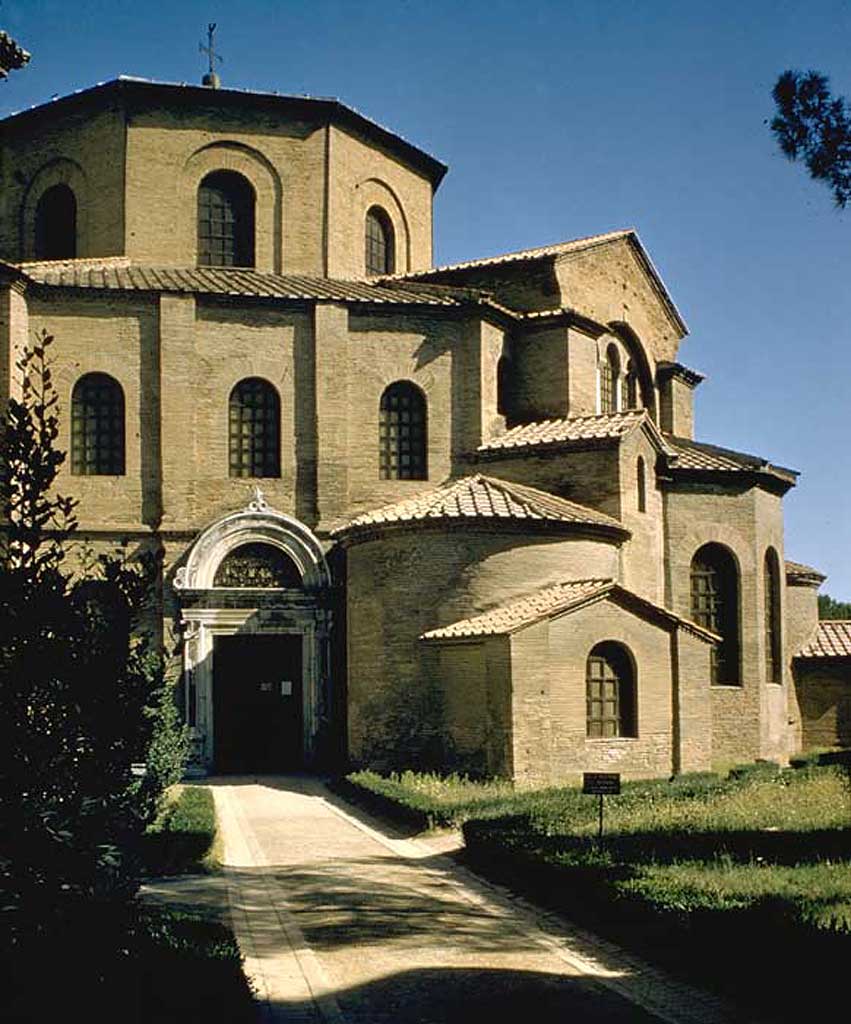
Slide 3: Theodoric Mausoleum
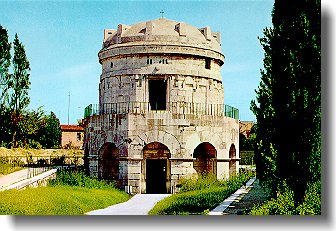
Ravenna It was built by Theodoric himself in 520 as his tomb. Its structure, which is divided in two decagonal orders one above the other, is completely made of Istria stone. It is roofed with a single block of Istria stone of 10 metres diameter weighing 300 tons. A niche leads down to a room which was probably a chapel for funeral liturgies. A stair leads to the upper floor where there is a circular porphyry tub in which it is supposed that Theodoric was buried. His remains were removed during Byzantine rule.
Slide 4: Rome, Sta Constanza
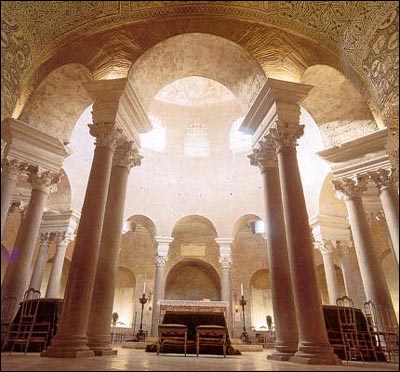
Rome The church was built in the 4C as a mausoleum for Emperor Constantine’s daughters, Costantia and Helena. The interior is decorated with wonderful 4C mosaics of flora and fauna and scenes of a Roman grape harvest. The canonization of Constantia was probably the result of a mistake with a saintly nun of the same name.
Slide 5: Rome, Pantheon
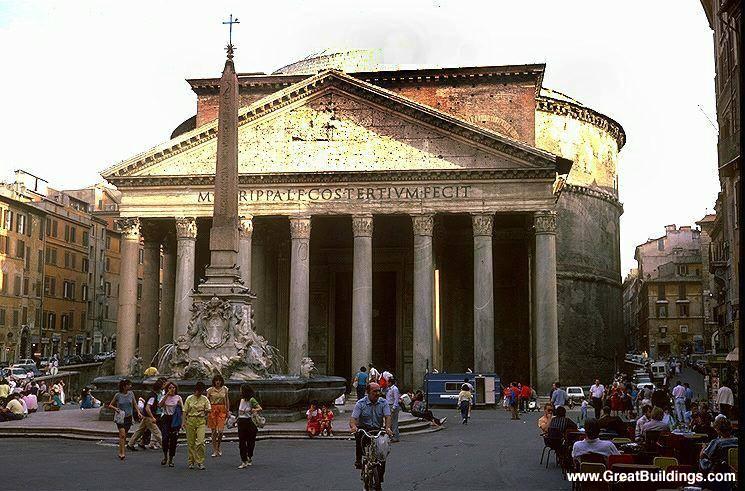
Slide 6: Spilt, Mausoleum of Diocletian
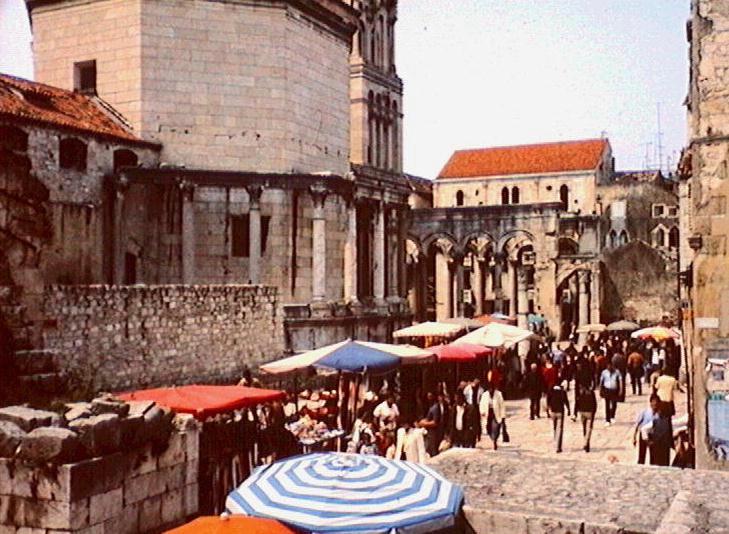
Slide 7: Constantinople. S. Sophia
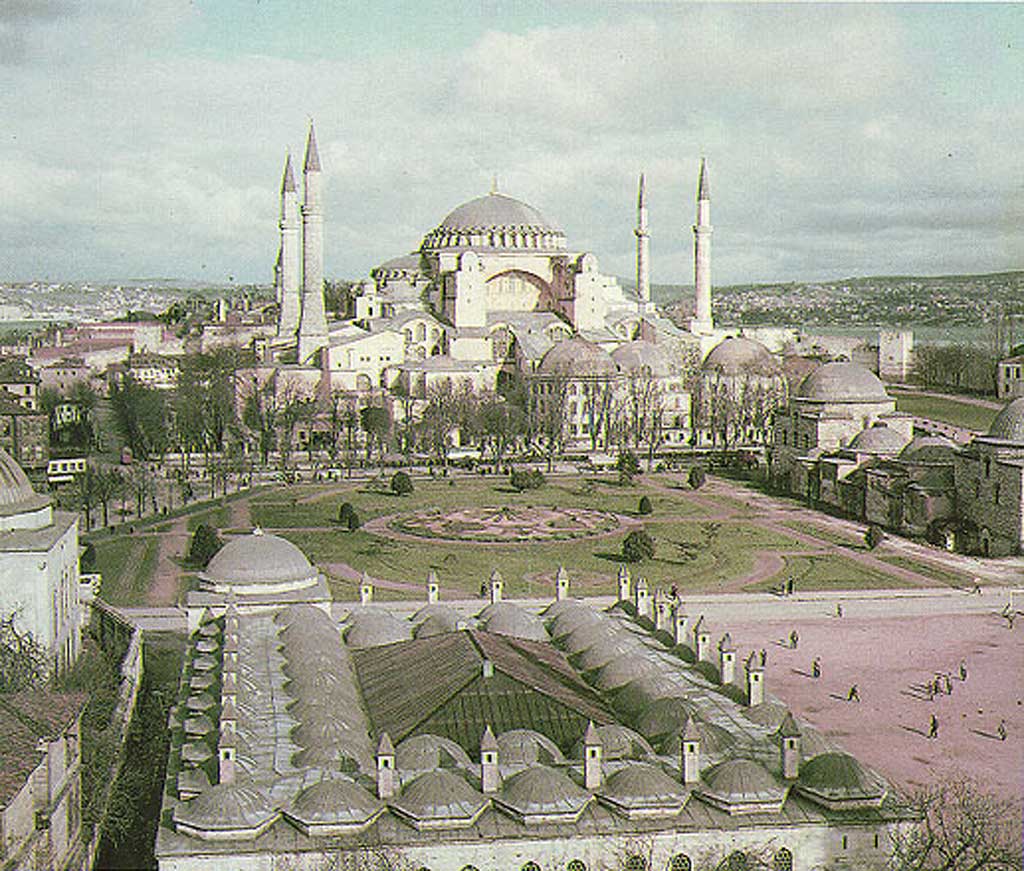
Slide 8: Jerusalem, Holy Sepulchre
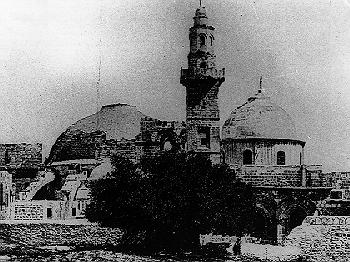
Slide 9: Trier, Aula
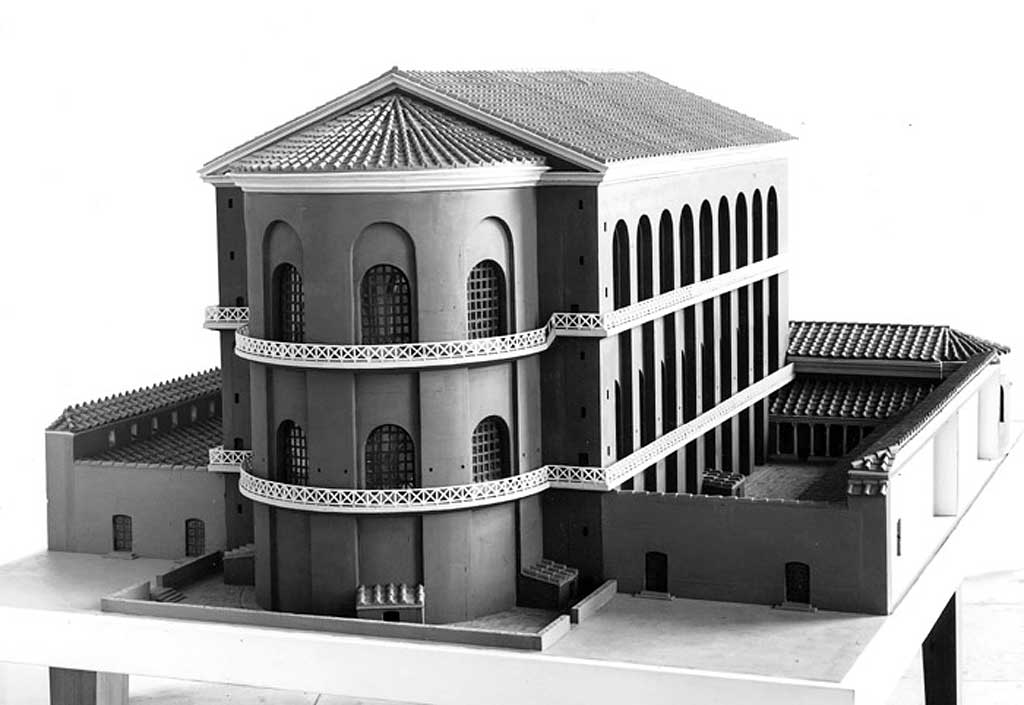
Slide 10: Rome, Lateran, the Triclinium mosaic (copy of)
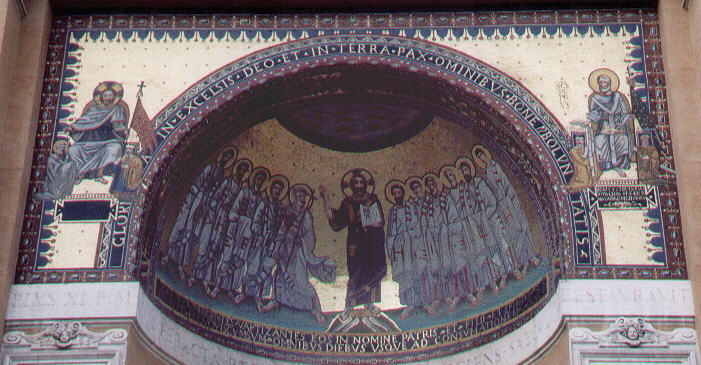
Slide 11: Equestrian statue of Charlemagne (Paris, Louvre)
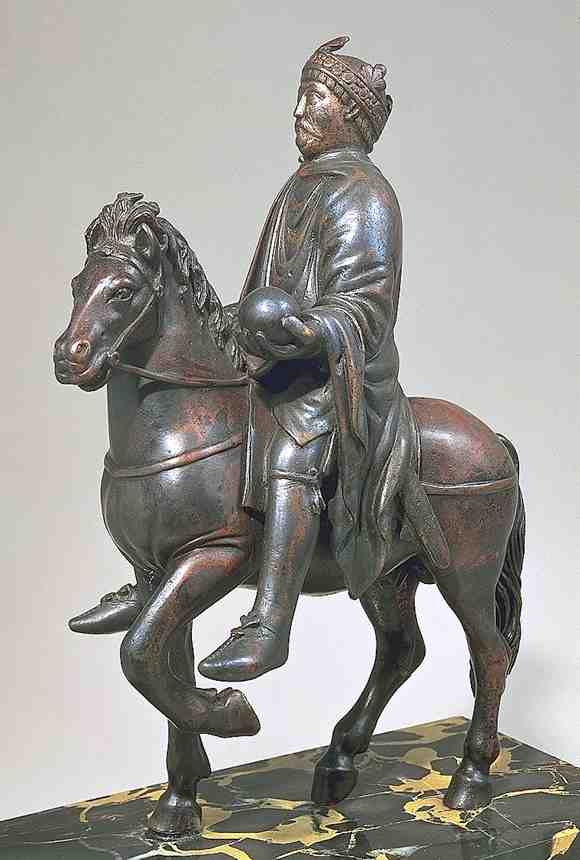
Slide 12: Marcus Aurelius (Rome, Capitol)
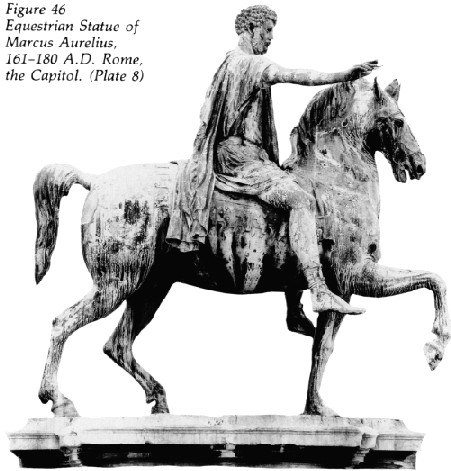
Slide 13: She-Wolf (Rome, Capitol)
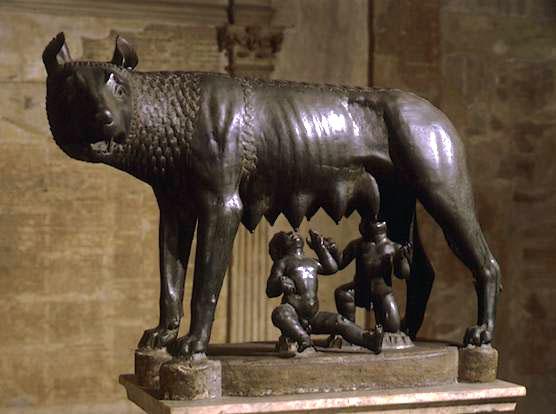
Slide 14: Rome, S Prassede
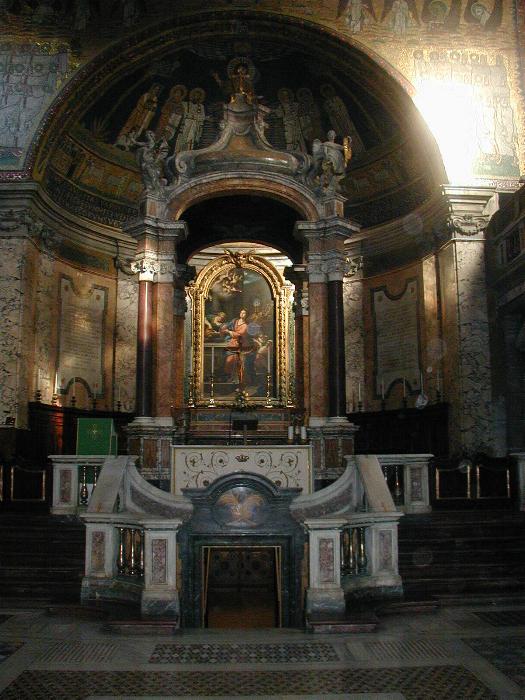
Slide 15: Lorsch, Gatehouse
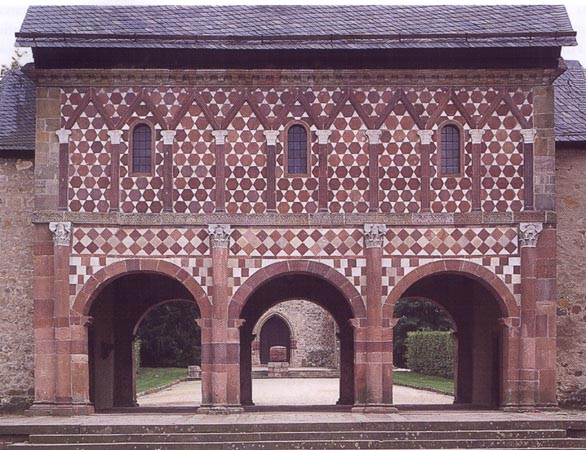
Slide 16: Rome, Arch of Constantine
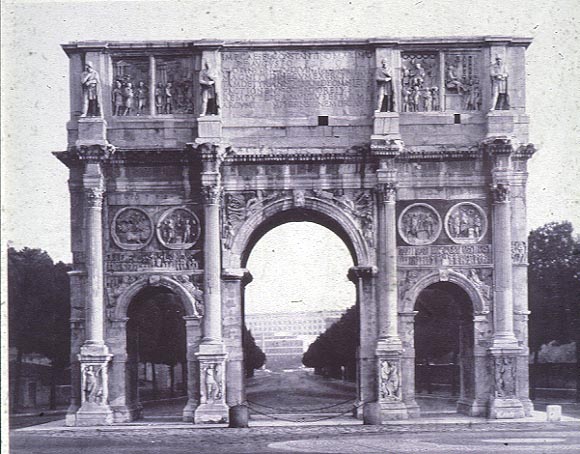
Slide 17: Nimes, Maison Carre
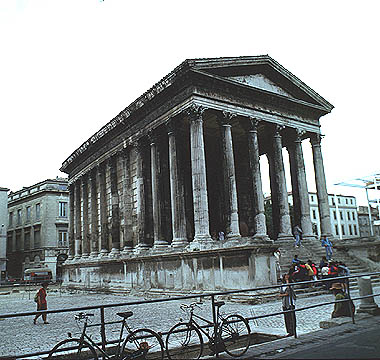
Slide 18: Four Evangelists, Aachen Gospels (Treasury)
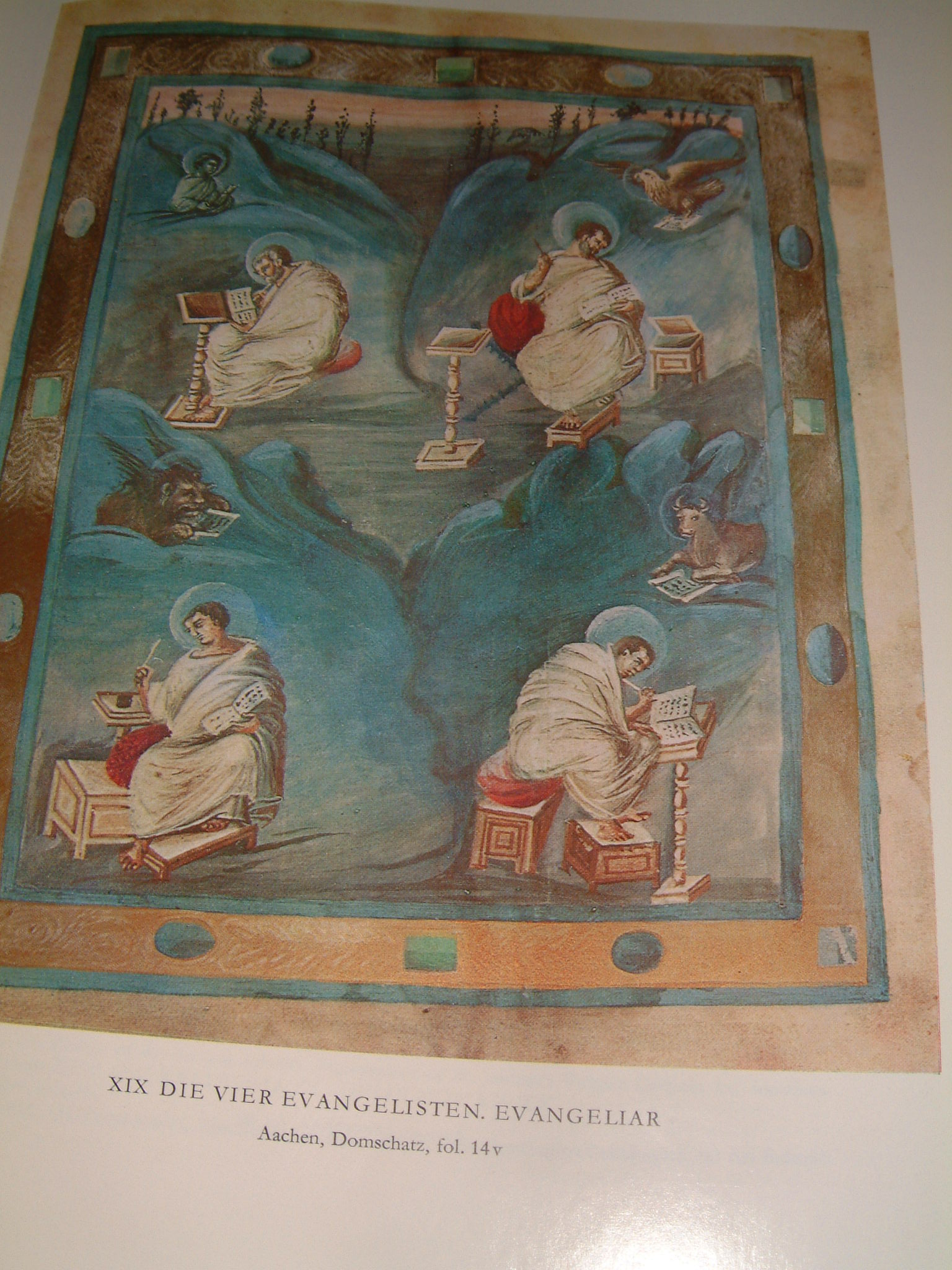
Slide 19: Ebbo Gospels (Epernay, B.M. Ms 1)
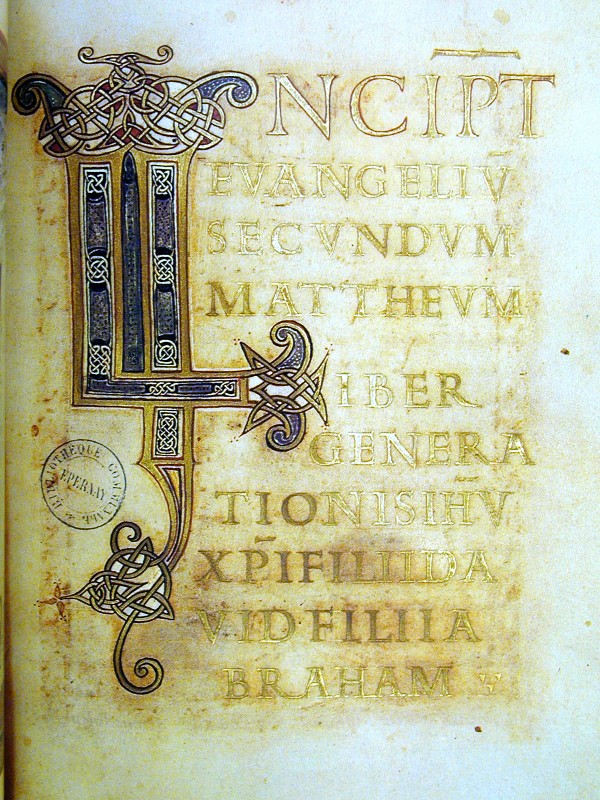
Slide 20: Godescalc Gospels (Paris, BN lat 1203)
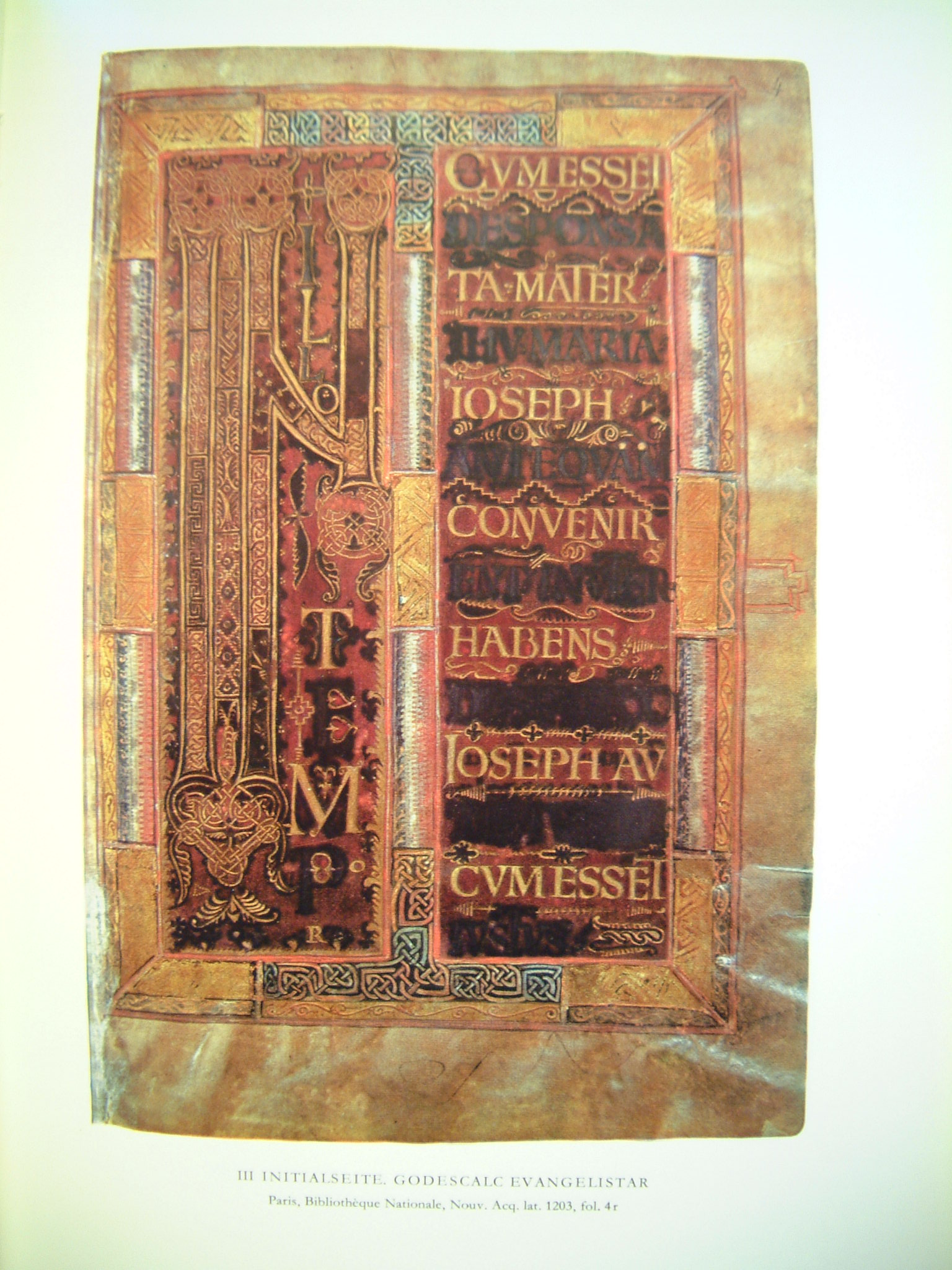
Slide 21: Rome, S. Giovanni in Laterano
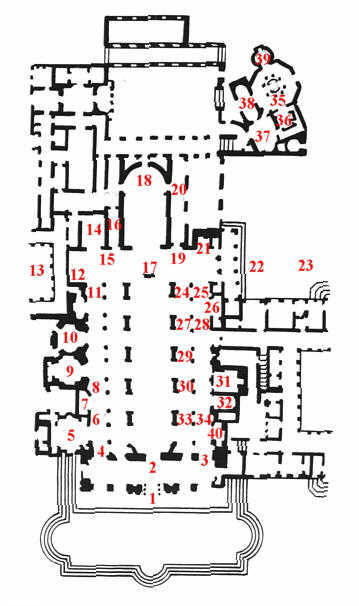
Slide 22: Gospels of St Medard of Soissons (Paris, B.N. Ms Lat. 8850)
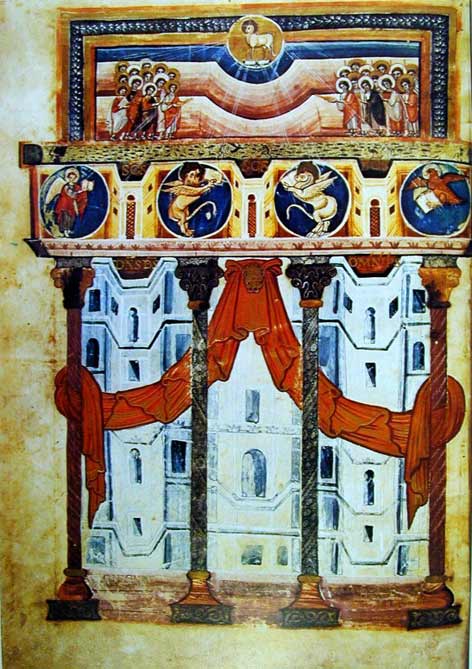
Slide 23: Charles the Bold, Codex Aureus (Munich, Bayerische Staatsbibliothek)
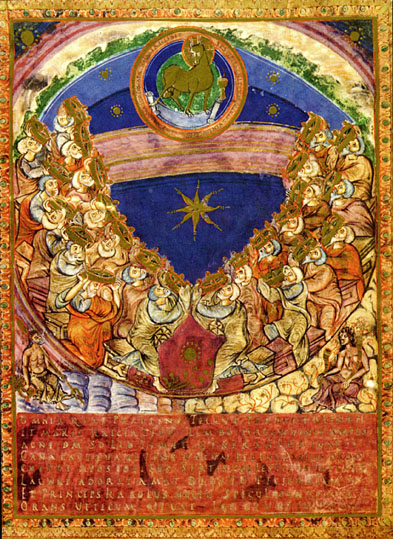
Slide 24: Mis sorium of Theodosius (Madrid, Ac. de Ia Historia)
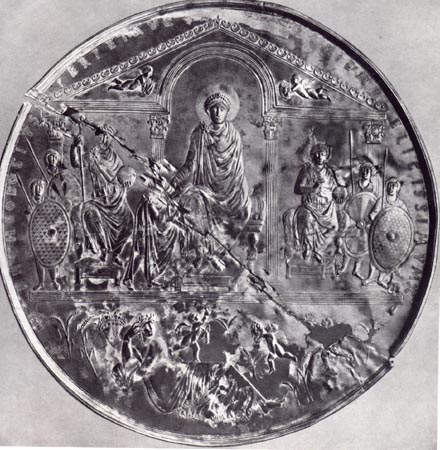
Slide 25: Otto III Gospels (Munich, BS)
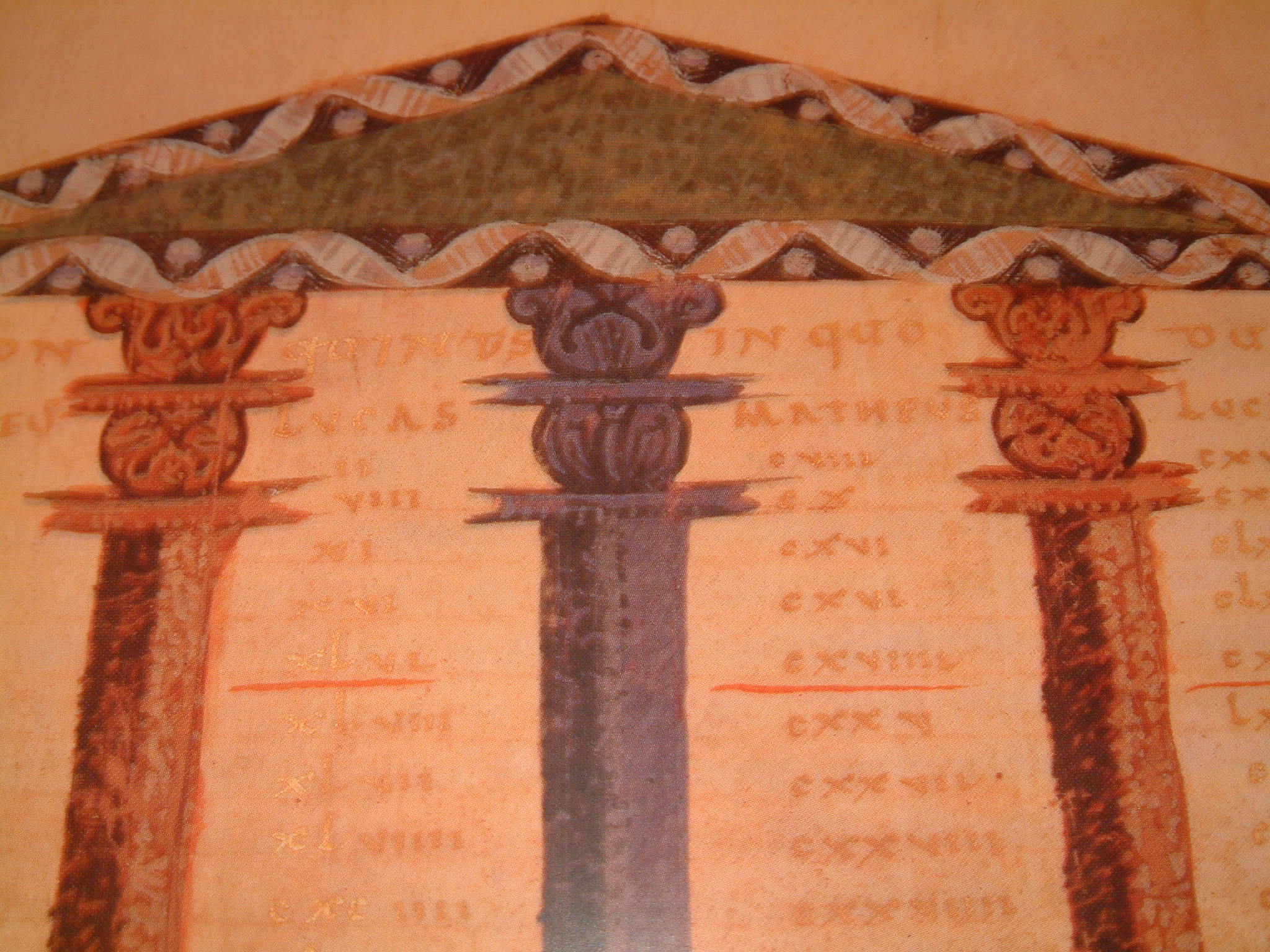
Slide 26: Bible of Charles the Bald (Paris, BN lat 1)
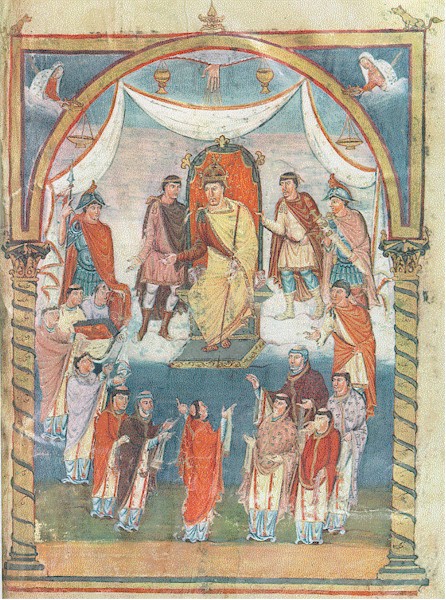
Slide 27: Pleiades, Aratea (Leiden University)
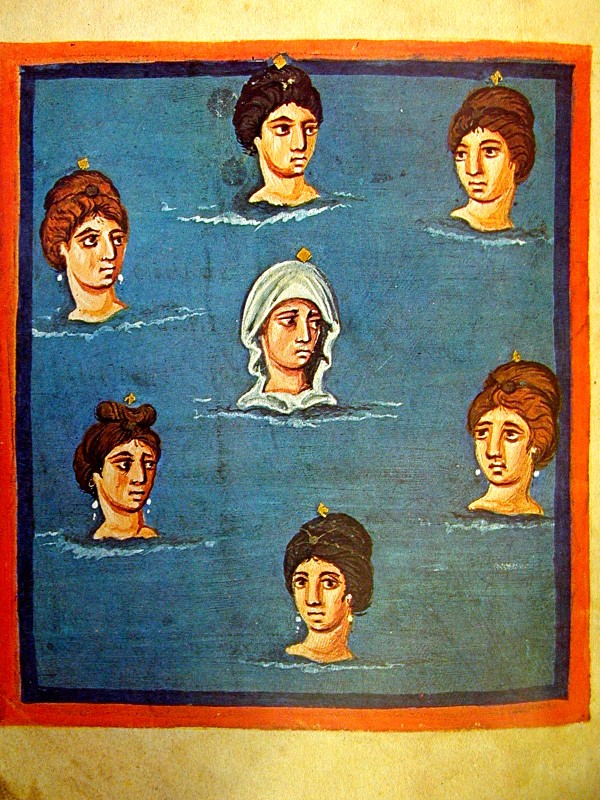
Slide 28: Terence Comedies (Vatican 1 Lat)
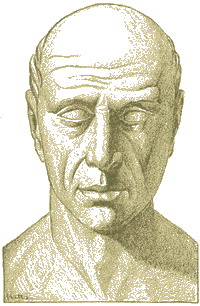
Publius Terentius Afer (Terence), born Carthage, Africa, 190 B.C. died, 158 B.C.
While there’s life, there’s hope. Probably every English speaking person has used or at least heard that expression at some time. Not one in a hundred, or even in a thousand, very likely, knows that it first saw the light of day in the works of the Roman dramatist posterity knows simply as Terence. It is only one of dozens of similar quotations, so familiar as to have become proverbial, all of which first heard on the Roman stage.
The Roman comedy writer, Terence, was of African descent. He was brought to Rome as a slave by the Roman Senator, Terentius Lucanus, who gave him a good education and finally freed him. The success of his first play, staged in 166 BC gave him the opportunity of introduction into the most refined society in Rome….
Slide 29: Ivory Book co (Munich, Staatsbibliotek)
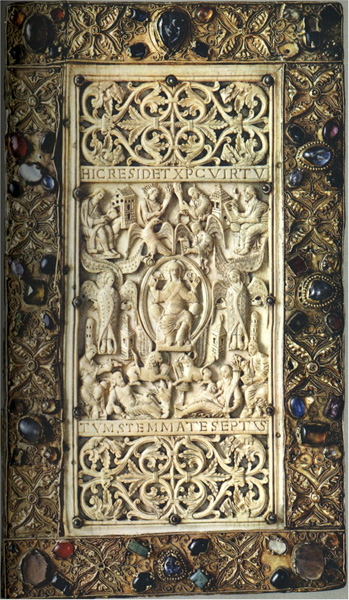
Slide 30: Lorsch Gospels Covers (London, V&A)
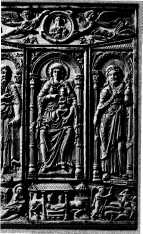
Slide 31: St Andrew foot reliquary (Trier, Cathedral treasury)(image not found)
Slide 32: Lotharkreuz (Aachen treasury)
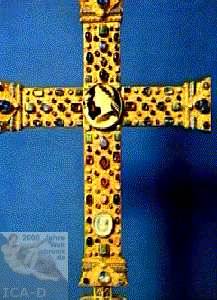
Slide 33: St Foy, Conques
